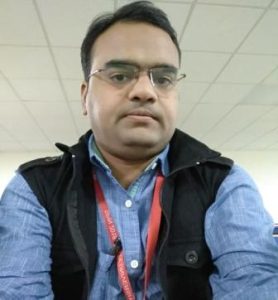
Prof. Dr. Shigeto Watanabe
Space Information Center, Hokkaido Information University
Graduate School of Science, Hokkaido University
Space Informatics : Toward The Sustainable Space Development
Abstracts:
In 1957, the Soviet Union placed the world’s first artificial satellite, Sputnik 1, into Earth’s orbit. Four months later, in 1958, the United States placed Explorer 1 satellite into orbit to measure energetic particles in space. The Explorer 1 satellite was the world’s first case of measuring the space environment in Earth’s orbit and transmitting the data to the ground with radio waves. After that, many countries have placed about 100 satellites a year into Earth’s orbit. After 2019, SpaceX has placed more than 1,000 satellites a year into Earth orbit and is building a system that enables communication between satellites and the ground in a mobile environment. It is Starlink.
About 10,000 satellites in Earth’s orbit are currently in operation. Space development has moved beyond rocket and satellite developments to utilizing information from space (space information or space informatics). Space informatics includes information on the Earth’s environment, disasters, space, lunar, and planetary environments, and satellite communications and broadcasting. Recently, there have been remarkable developments in positioning as the Global Navigation Satellite System (GNSS).
The effects of global warming are spreading to space, where satellites are orbiting. Global warming molecules such as CO2 in space emit infrared rays into outer space. Therefore, the space becomes cooler. It is global cooling in space. It has been reported that the space has become colder by more than 20℃ in the last 100 years. The cooling of space causes a decrease in atmospheric density. While the decrease in atmospheric density has the advantage of reducing the atmospheric drag of satellites and making the time in orbit (lifetime), it also has the disadvantage of the longer lifetime of space debris, human-made objects in space, orbiting the Earth. Space debris consists of artificial objects such as nonfunctional spacecraft, abandoned launch vehicle stages, mission-related debris, and fragmentation debris from derelict rocket bodies and spacecraft breakup. There are more than 21,000 objects larger than 10 cm orbiting the Earth. It is estimated that 500,000 pieces of debris 1–10 cm in size are orbiting the Earth. The loss of satellites due to space debris has already occurred. In addition, changes in the atmospheric density of space can alter the orbits of satellites; 40 Starlink satellites fell into the atmosphere due to atmospheric density changes caused by solar flares in 2022.
Space information is acquired through communications between satellites and ground stations, but communications using radio waves are greatly affected by the plasma (ionosphere) in space. The ionosphere is especially true for countries in low-latitude regions with large plasma densities. In order to prevent the loss of satellites due to atmospheric drag by atmospheric density fluctuations and communication failures due to plasma density fluctuations in the ionosphere, it is necessary to predict the variations of the atmosphere and plasma densities in space with high accuracy. The research is known as Space Weather. In recent years, research on predicting atmospheric and plasma density fluctuations using Artificial intelligence (AI) has become active, and the accuracy of these fluctuations has been improved. Space information and understanding the Earth’s environment are necessary for our prosperous future life and the Earth’s future, as well as sustainable space development.
Keywords: satellites, sustainable space development, artificial intelligence
Biography
Dr. Shigeto Watanabe is a Professor of Department of Cosmosciences and Director of Observation and Data Center of Cosmosciences at Hokkaido University. He received his Ph.D. from Tohoku University. He has worked in the fields of Thermosphere / Ionosphere physics byuse of satellites / rockets and has carried out the modeling of 3‐dimensional atmosphere /plasmasphere including plasma escape in the polar ionosphere. He is Principal Investigator of WINDs campaign with JAXA/ISAS sounding rockets for Ion‐Neutral Coupling research in the thermosphere. He is also Principal Investigator of Ultra‐Violet Imager (UVI) on Akatsuki Venus spacecraft of JAXA/ISAS.

Asst. Prof. Dr. Natsuda Kaothanthong
Sirindhorn International Institute of Technology, Thammasat University, Thailand
AI Assisted Technology in Medical Industry
Abstracts:
AI has been developed and employed in many industries such as production, agriculture, and finance. Due to a lack of medical personnel, AI as an assisted technology has been introduced. Medical imaging related systems that is able to predict the tendency of patients having disease are integrated to the workflow. In ophthalmology, predicting a level of age-related macular degeneration (AMD) from photo fundus images, plateau iris from optical coherence tomography (OCT) images, classifying diseases such as AMD, PCV, etc. from OCT images. In addition, radiologists also apply assisted technology to reduce the workload of reading chest X-ray. The performance of classifying abnormality from the chest X-ray is more than 90% accuracy. In the development of these technologies, data preparation and training processes are dependent on the image modality. In this talk, we will show the list assistive technologies in ophthalmology and radiology, especially brain CT. Also, some image processing techniques that can be applied will be presented.
Keywords: medical Industry, optical coherence tomography, chest X-ray
Biography
An assistant professor in data analysis, machine learning, and artificial intelligence. Working on medical image processing and building prediction models for glaucoma, epiretinal membrane, brain CT, and health technology assessments in close collaboration with several hospitals in Thailand. Experienced in building prediction models for fraud detection and dunning processes in telecommunication. Published in high-ranking journals on computer vision. Contributed to many prestigious conferences. Receiver of a Ph.D. Fellowship of the Japan Society for the Promotion of Science (JSPS). Having extensive practice in MATLAB, Python including several libraries, such as Pandas and TensorFlow.

Asst. Prof. Dr. Badal Soni
Department of Computer Science and Engineering
National Institute of Technology Silchar
Human Activity Recognition using Inbuilt Smartphone Sensors and Smart Learning Algorithms
Abstracts:
Human Activity Recognition (HAR) is a method of predicting an individual’s daily activities using sensors and optimal learning algorithms. HAR has been widely studied in the last two decades, and numerous types of machine and ensemble learning algorithms have been used for recognizing Activities of Daily Living (ADLs). This presentation exploits multiple shallow, ensemble and deep learning models for analyzing the best learning paradigm for sensor-based HAR systems. Generic frameworks with the inferences of different data collection modalities are also discussed for comprehensive understanding. Further, this presentation comprehensively explains a smartphone sensor-based HAR system utilizing accelerometer and gyroscope sensors at a 100 Hz sampling rate to collect time-series data for six ADLs: sitting, walking, standing, running, going upstairs, and going downstairs.
Keywords: Human Activity Recognition, Smart Learning Algorithms, Activities of Daily Living
Biography
Badal Soni (Senior Member, IEEE) is currently working as an Assistant Professor at the Department of Computer Science & Engineering, National Institute of Technology (NIT) Silchar, Assam, India. He has completed his B.Tech from Rajiv Gandhi Technical University (formerly RGPV) in Bhopal, India and M. Tech from the Indian Institute of Information Technology, Design and Manufacturing (IIITDM), Jabalpur, India. He has done his PhD in Computer Science & Engineering Under MoU with NIT Silchar and Indian Institute of Technology (IIT) Guwahati, Assam, India. He has teaching experience of over 10 years in the area of computer science and information technology with a special interest in Image Processing, Machine Learning and Language Processing. He has published 60 publications in refereed journals and contributed books and international conference proceedings. He is a Senior Member of IEEE and a professional member of various bodies like IEEE, ACM, IAENG and IACSIT. His research interest includes Image Processing, Medical Image Processing, Machine Learning Applications, Fake News Detection and Human Activity Recognition.
Research Interests:
- Image Processing
- Wearable Device Sensor Data Analysis
- Human Activity Detection Using Mobile Sensor Data
- Computational Intelligence for Health Informatics
- Application of Machine Learning in Health Care Domain
- Medical Image Processing
